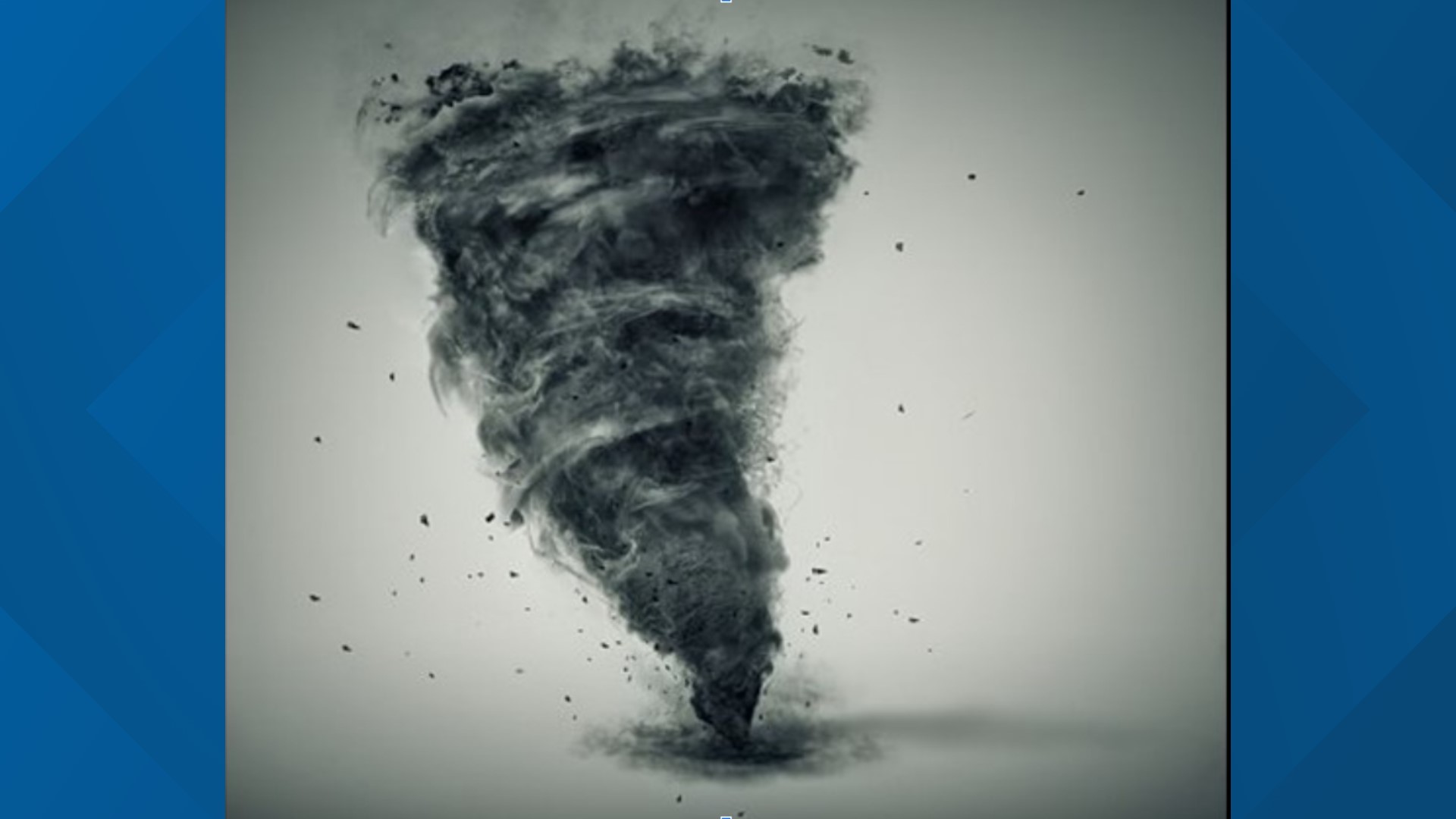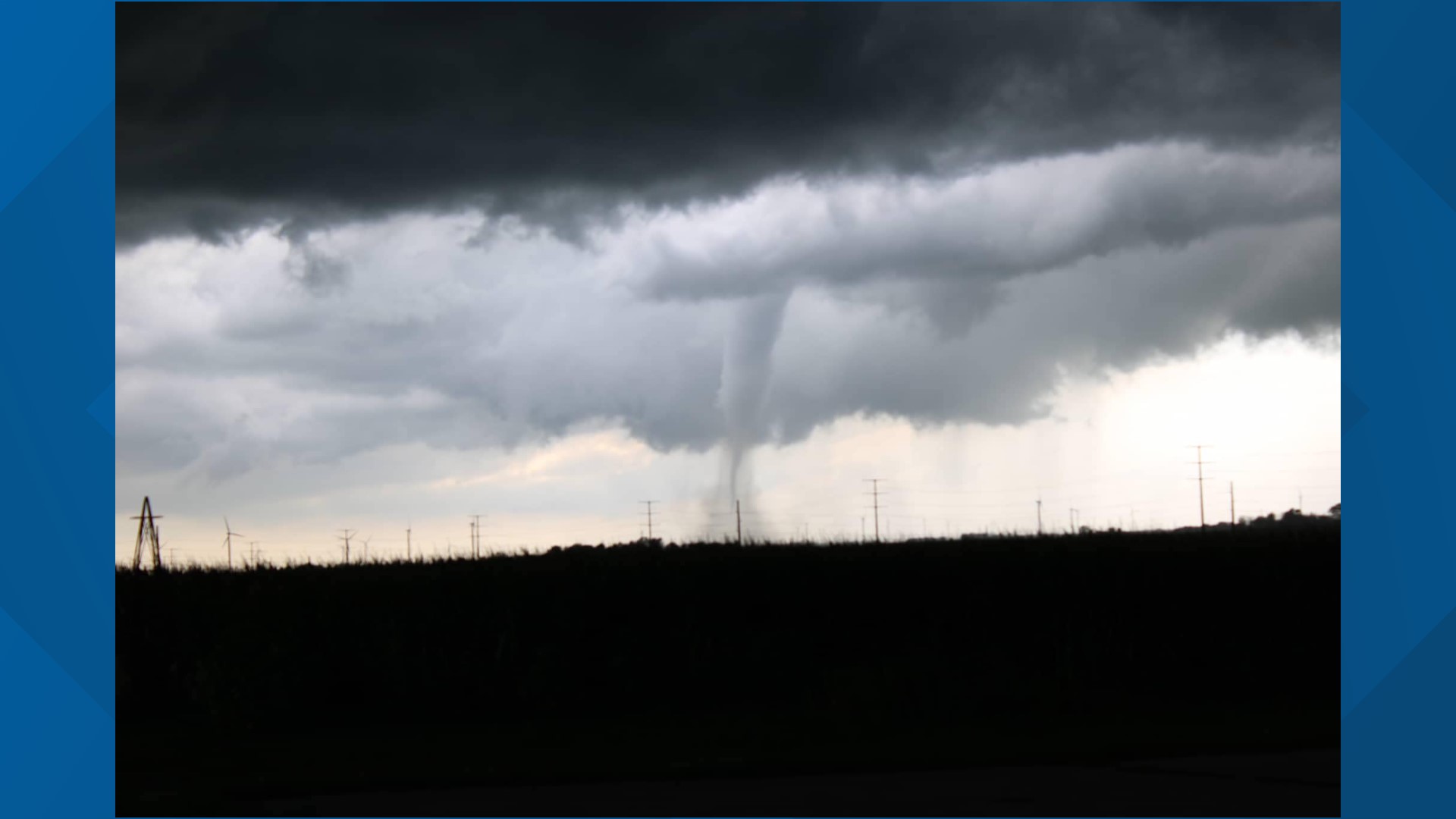Severe Weather Awareness Week 2024: Explaining how flooding works
Local 5 Weather Team meteorologist Hannah Dennis is breaking down some of the weather phenomenon common in Iowa during Severe Weather Awareness Week 2024.

Iowa is no stranger to severe weather, with thunderstorms, tornadoes and even derechos barreling down on the Midwest state every year.
But how much do you know about severe weather in Iowa?
Local 5 Weather Team meteorologist Hannah Dennis is breaking down some of the weather phenomena common in the Hawkeye State and how you can stay safe during Severe Weather Awareness Week 2024.
Thunderstorms
Thousands of thunderstorms come through the state every year. However, only a few hundred of them are severe. So, what exactly makes a thunderstorm severe?
For a thunderstorm to be considered severe, it must contain hail that is one inch or larger in diameter, which is about the size of a quarter; have straight-line winds that are 58 miles per hour or stronger and, in most cases, contain a tornado.
When a severe storm is heading your way, there are a few things to keep in mind: Unplug electronics that are not in use to avoid having them damaged if there is a power surge, and stay away from any windows.
If you're caught outside, seek shelter quickly, but don't take cover under isolated trees because they may be a target for lightning.
Lastly, if you are outside and feel your skin tingling or your hair starts to stand up, get as low as possible as fast as you can to avoid being struck by lightning.
Watches vs Warnings
We all have heard of watches and warnings when it comes to serious weather, but what exactly is the difference between the two?
When a watch is put out, it means hazardous weather is possible, but the timing and exact areas are still uncertain. During a watch, make sure to be prepared for the oncoming threat and watch out for updates on the weather.
A warning, however, means hazardous weather is happening or will soon be happening. That means you are in the path of severe weather, so take protective action based on that threat. Be sure to stay updated about the ongoing weather, so you know when it is safe.
Tornadoes
On average, Iowa sees about 50 tornadoes a year. Now out of all the tornadoes Iowa has seen starting in 1871 to now, only about 11 of them have been the strongest rating, an EF-5.
Even though that number is low, it is still possible to see highly dangerous tornadoes in the state.
When you are in the path of a tornado, you need to take shelter. You want to be in an interior room on the lowest level of your home. Avoid windows, doors, and outside walls. If you can, cover yourself with blankets or a mattress to protect yourself from debris. Ideally, the best place to be is the basement of your home.
For those who live in apartments, see where your nearest storm shelter is if you are not on the first floor. Now, here's some key tornado terminology:
- Tornado watch means be prepared because a tornado could form in these conditions.
- Tornado warning means a tornado has been spotted or radar indicated, so seek shelter fast.
- Tornado emergency means there is a severe threat to life and property, and you need to take shelter immediately.
Preparing For Severe Weather
There are a few things you can do before a storm hits to keep yourself safe.
First, be sure to have a plan on where to go or what to do when severe weather is approaching. Next, stock up on a couple of items such as flashlights and batteries in case the power goes out. In the event of a power outage, you would still need to be informed so portable phone chargers are great to keep around.
One other item to keep handy? A first aid kit.
You can also download the We Are Iowa app for the latest weather updates and to make sure that even if the power is out, you can get the latest radar and forecast on your devices.
Flooding
There are a few different kids of floods, with each one bringing its own warning.
There is an Areal Flood Warning, a common Flood Warning and a Flash Flood Warning:
- Areal Flood Warning: flooding is slowly developing and can last for a while
- Flood Warning: flooding is occurring in rivers and streams and it is imminent
- Flash Flood Warning: fast, intense flooding that usually occurs during heavy or excessive rainfall
Water is more dangerous than people realize, as you can easily lose control of your vehicle during heavy rainfall or flooding. For someone to be knocked off of their feet, it only takes about six inches of fast-moving water.
Many cars start floating in one foot of moving water, and most cars, including SUVs and pickup trucks, can be swept away in 18 to 24 inches of fast-moving water.
So when you see a flooded roadway, don't try to drive through it. Following the saying: turn around, don't drown.





